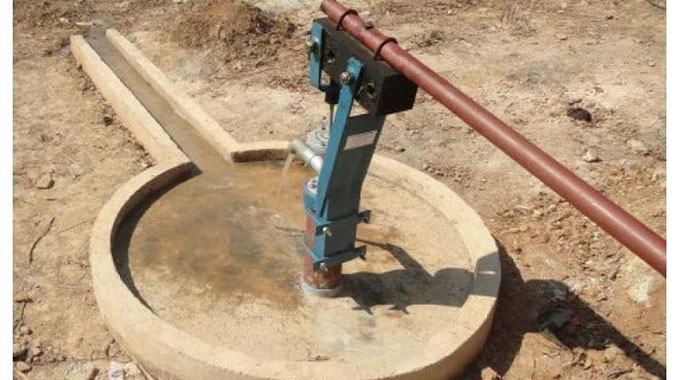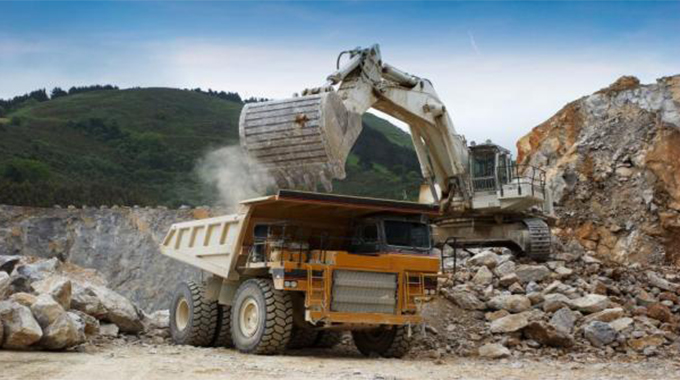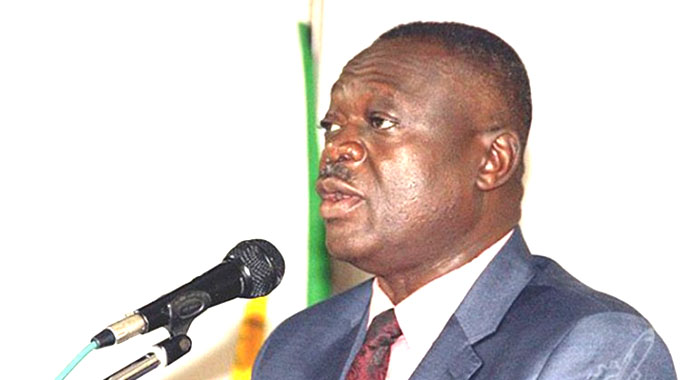$10m for borehole rehabilitation

Blessings Chidakwa Municipal Correspondent
Government is set to rehabilitate 933 non-functional boreholes across the country at a cost of $10 million as the national dam levels have also declined by 6,8 percent compared to the same period last year.
This follows the high temperatures and dry conditions that have triggered an upsurge in the demand for both surface and ground water for domestic, irrigation, industrial and energy uses.
In an interview, Zimbabwe National Water Authority (Zinwa) corporate communications manager Mrs Marjorie Munyonga yesterday said the procurement of boreholes spares and accessories was underway.
“As the water situation continues to deteriorate, ZINWA has embarked on an exercise to rehabilitate 933 non-functional boreholes in Matabeleland South and North, the Midlands, Masvingo and some districts in Manicaland, Mashonaland East and Central Provinces.
“The exercise, which will cost over $10 million, is aimed at improving access to water by communities in the affected areas and ZINWA has since approached Government for funding for the programme.
‘‘The Authority has already finished the process of identifying the 933 boreholes,” she said.
Mrs Munyonga said the authority has already mobilised $1,8 million from its internal resources so that the rehabilitation programme can commence.
“ZINWA is also mobilising a further $1, 7 million from its internal resources to fund the rehabilitation programme while awaiting the release of the remaining balance from Government.
“Procurement of the requisite spares and other accessories for the targeted boreholes has since commenced with the Authority having already taken delivery of some of the equipment.
“ZINWA borehole maintenance teams at its seven catchments will carry out the rehabilitation works while a National Drought Response Team has been constituted to oversee the successful implementation of the Authority’s drought mitigation and response measures,” she said.
On the urban water supply, Mrs Munyonga said ZINWA was offering technical advice and assistance to local authorities such as Harare and Gweru as they address water challenges in their respective areas of jurisdiction.
She said this was in line with the Authority’s mandate as espoused in Section 5 of the ZINWA Act (Chapter 20:25).
Mrs Munyonga said water levels in the dams and rivers have significantly reduced while groundwater yields are also diminishing as an increasing number of people in both urban and rural areas are now turning to the resource for their daily needs.
“As at October 10, 2019, the national dam level average was 55, 5 percent which is 6, 8 percent lower than the national level average of 62, 3 percent expected in the month of October.
“Mashonaland East, West and Central Provinces as well as Manicaland Provinces have substantially higher dam levels while Matabeleland North, South, the Midlands and Masvingo stand as the most water stressed provinces,” she said.
Mrs Munyonga said consequently major urban areas such as Bulawayo and Gweru are facing water challenges owing mainly to the sharp drop in water levels in the dams that supply them.
She said irrigating farmers were encouraged to ensure that they have water abstraction agreements as required by the law as water abstraction agreements allow for the orderly and coordinated allocation and utilisation of the finite resource.
“The authority is intensifying its monitoring and surveillance of river channels and other water bodies with a view to eliminate any illegal water use that may be taking place.
“Members of the public are also advised to report any illegal water use, including the abstraction of bulk water from restricted areas to their nearest ZINWA offices or to the ZINWA Call Centre,” she said.










Comments